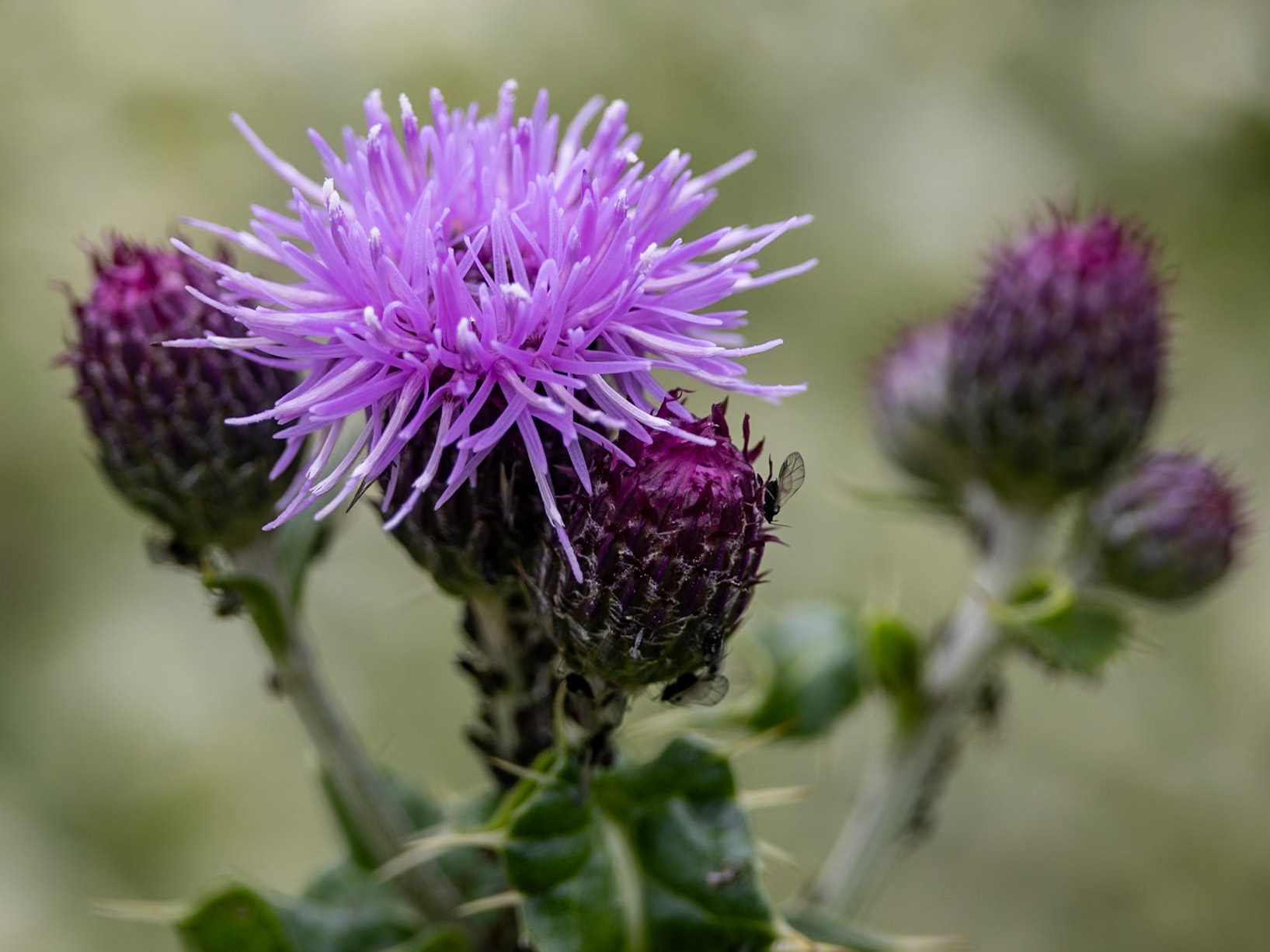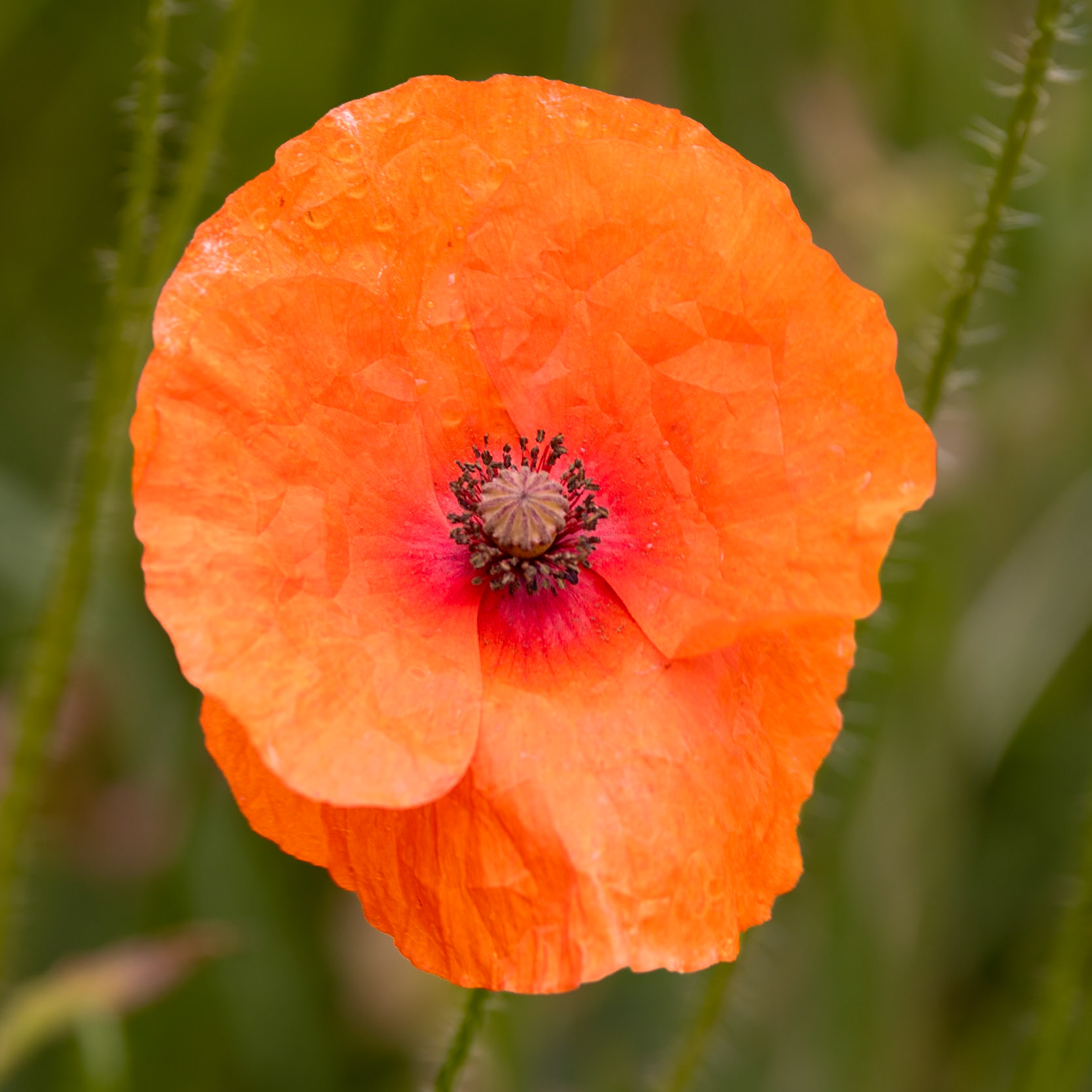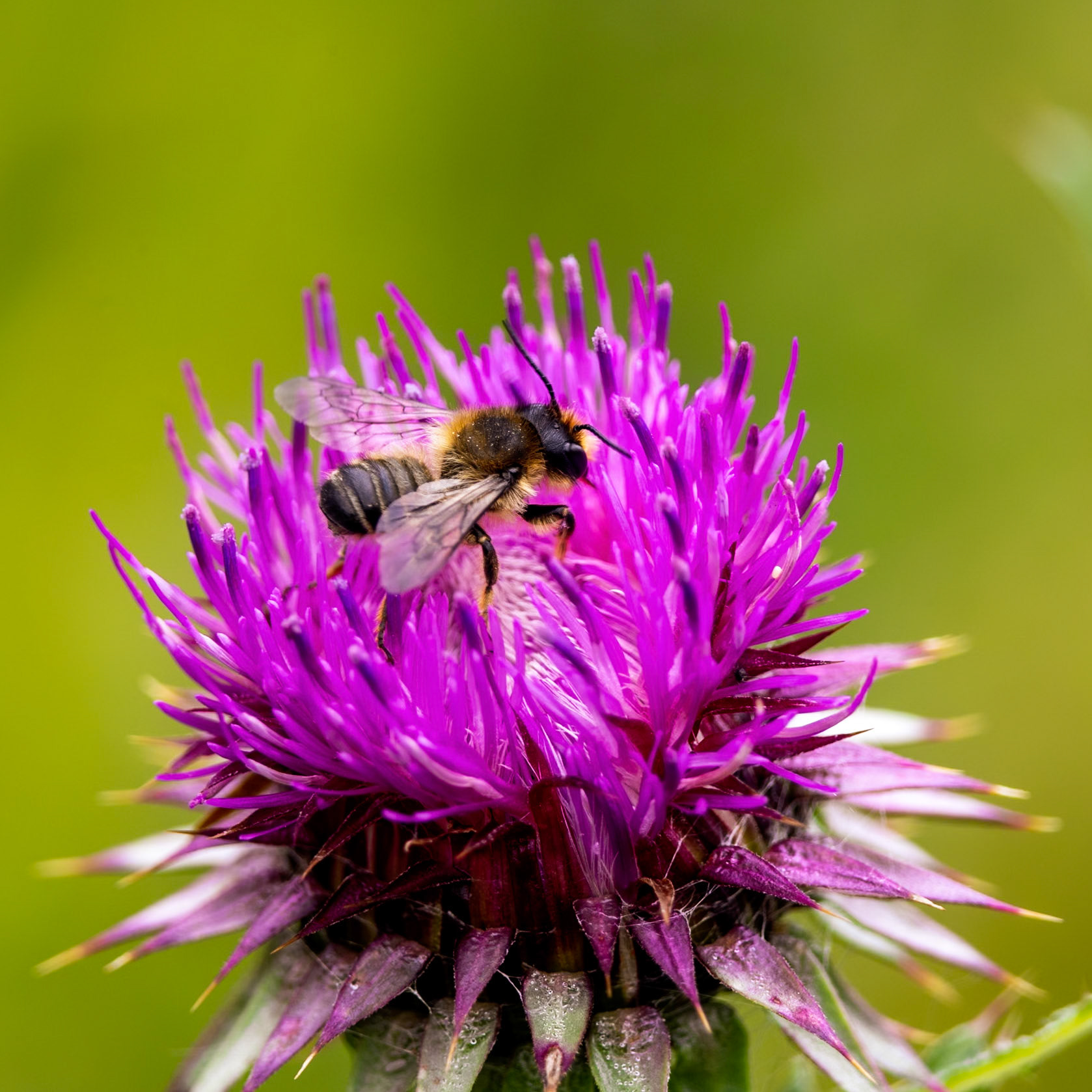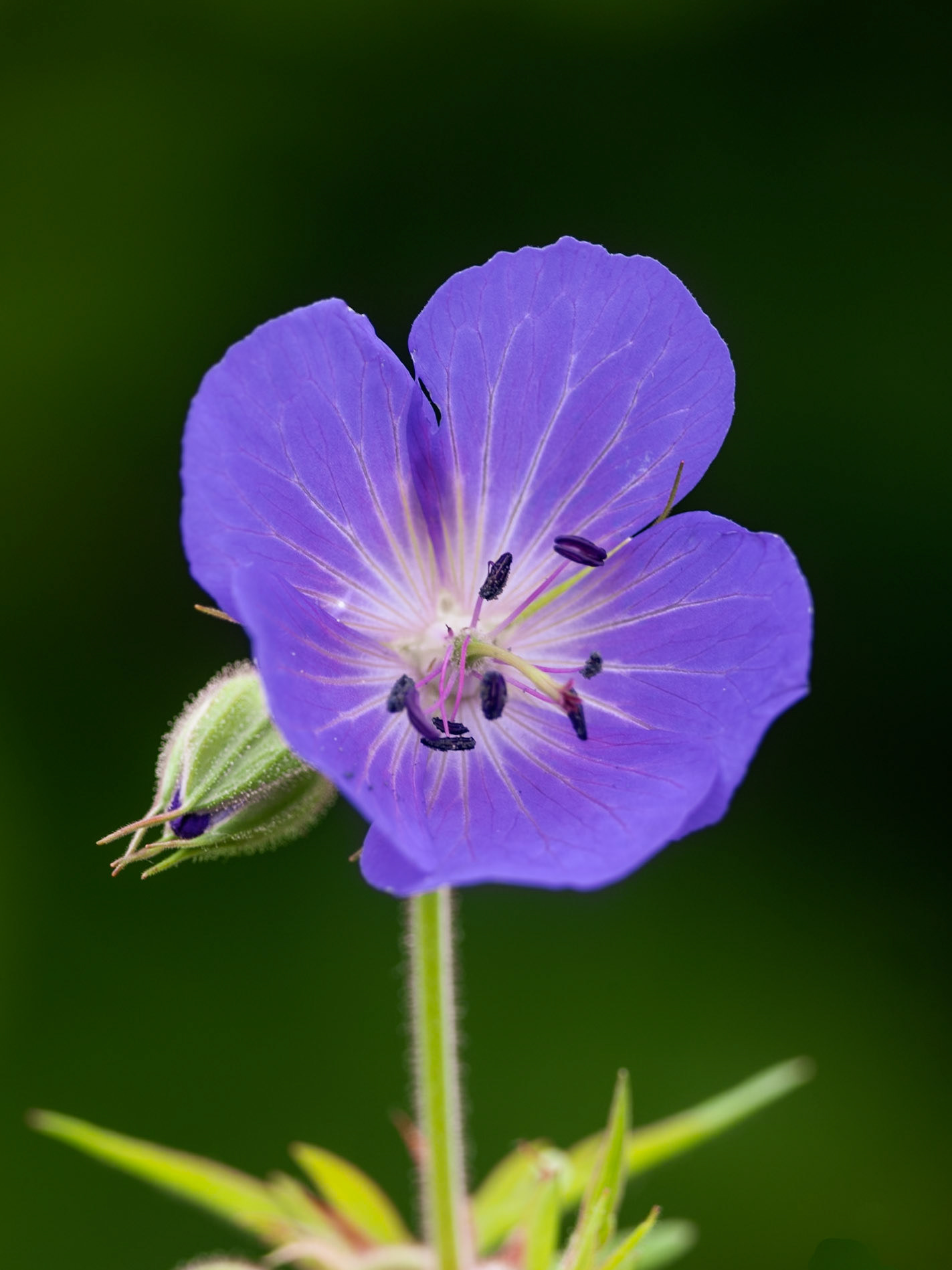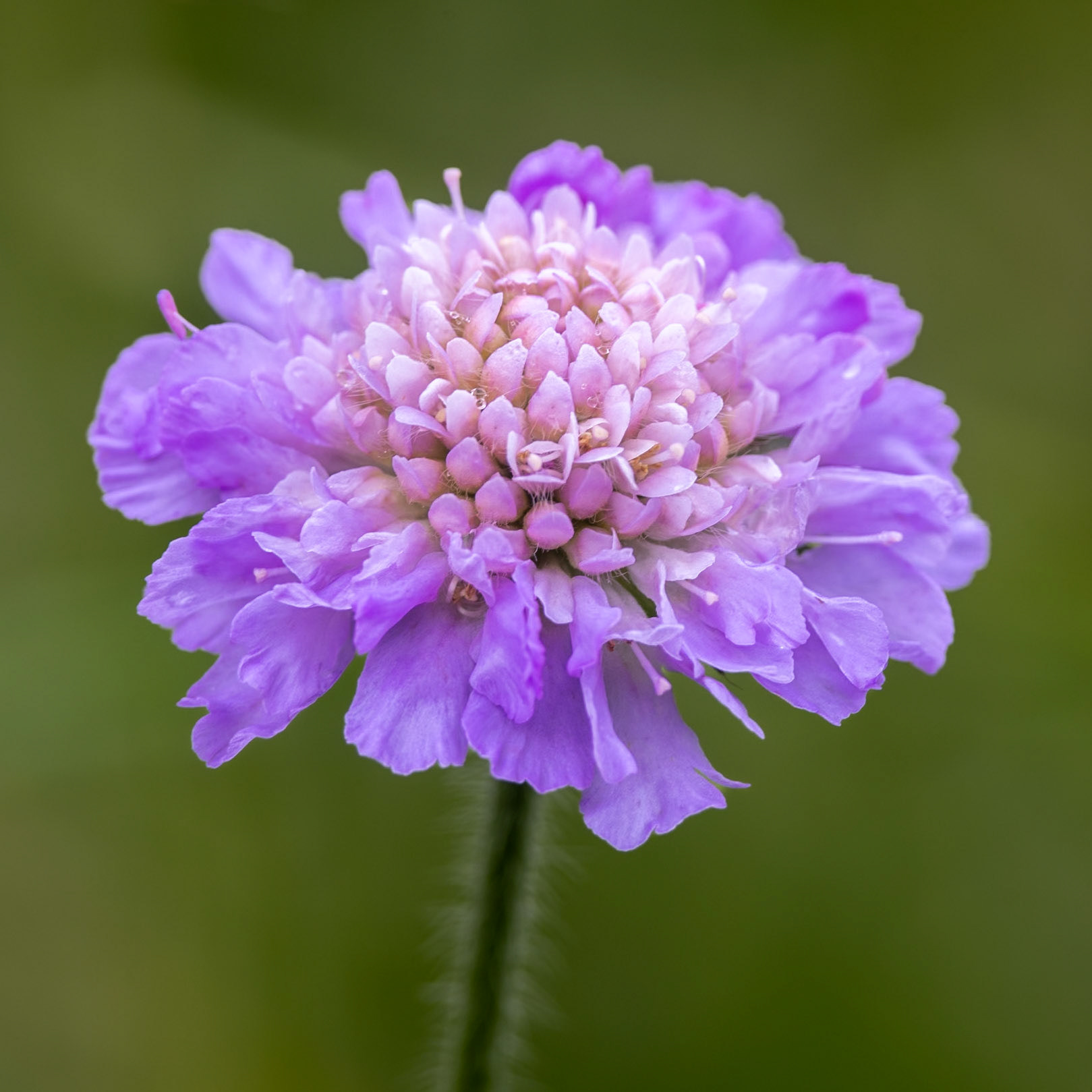
Thistle

Veitch's Blue Globe Thistle

A Display Of Red Tulips

Orange Tulips

Standing Out In The Crowd

Poppy

Pink Rose

Orange Rose

Blackberries Ripening In The Sun

A Crescendo of Croci

Crocus

Flower Bouquet

Bluebells

This orchid is widespread and locally common in southern England. It extends northwards to Manchester or so where it overlaps with the Northern Marsh Orchid. This Orchid favours damp or even marshy ground and can also be found in dune slacks. The leaves are usually unspotted. The flowers tend to be markedly 'pink' and have spots or short dashes on the lip rather than the bold continuous lines of the Common Spotted Orchid. The lip is broad and lacks the prominent central tooth of that species. The Southern Marsh hybridizes freely with the Common Spotted and Northern Marsh Orchids making identification sometimes tricky.

It grows as a procumbent to erect annual or biennial plant, up to 50cm high, producing small, pink, five-petalled flowers from April until the autumn. It is common throughout Great Britain and Ireland in woodland, hedgerows, scree and maritime shingle. If they are rubbed on the body the smell is said to repel mosquitoes.
![A cactus (plural: cacti, cactuses, or cactus)[3] is a member of the plant family Cactaceae. Cacti occur in a wide range of shapes and sizes. Most cacti live in habitats subject to at least some drought. Many live in extremely dry environments, even being found in the Atacama Desert, one of the driest places on earth. Cacti show many adaptations to conserve water. Almost all cacti are succulents, meaning they have thickened, fleshy parts adapted to store water. Unlike many other succulents, the stem is the only part of most cacti where this vital process takes place. Most species of cacti have lost true leaves, retaining only spines, which are highly modified leaves. As well as defending against herbivores, spines help prevent water loss by reducing air flow close to the cactus and providing some shade. In the absence of leaves, enlarged stems carry out photosynthesis.](data:image/gif;base64,R0lGODlhAQABAIAAAAAAAP///yH5BAEAAAAALAAAAAABAAEAAAIBRAA7)
A cactus (plural: cacti, cactuses, or cactus)[3] is a member of the plant family Cactaceae. Cacti occur in a wide range of shapes and sizes. Most cacti live in habitats subject to at least some drought. Many live in extremely dry environments, even being found in the Atacama Desert, one of the driest places on earth. Cacti show many adaptations to conserve water. Almost all cacti are succulents, meaning they have thickened, fleshy parts adapted to store water. Unlike many other succulents, the stem is the only part of most cacti where this vital process takes place. Most species of cacti have lost true leaves, retaining only spines, which are highly modified leaves. As well as defending against herbivores, spines help prevent water loss by reducing air flow close to the cactus and providing some shade. In the absence of leaves, enlarged stems carry out photosynthesis.

Fly On A Field Poppy After The Rain

Cichorium intybus - Commonly known as Chicory

Tanacetum cinerariifolium

Cirsium arvense

The Corn Poppy or Field Poppy

Bee on a Cirsium arvense

Geranium himalayense

The Dove Pincushion (Scabiosa columbaria)

Diplolepis rosae. Living up to its name, the Robin's pincushion is a red, round, hairy growth that can be seen on wild roses. It is caused by the larvae of a tiny gall wasp that feeds on the host plant, but causes little damage

Ranunculus hispidus


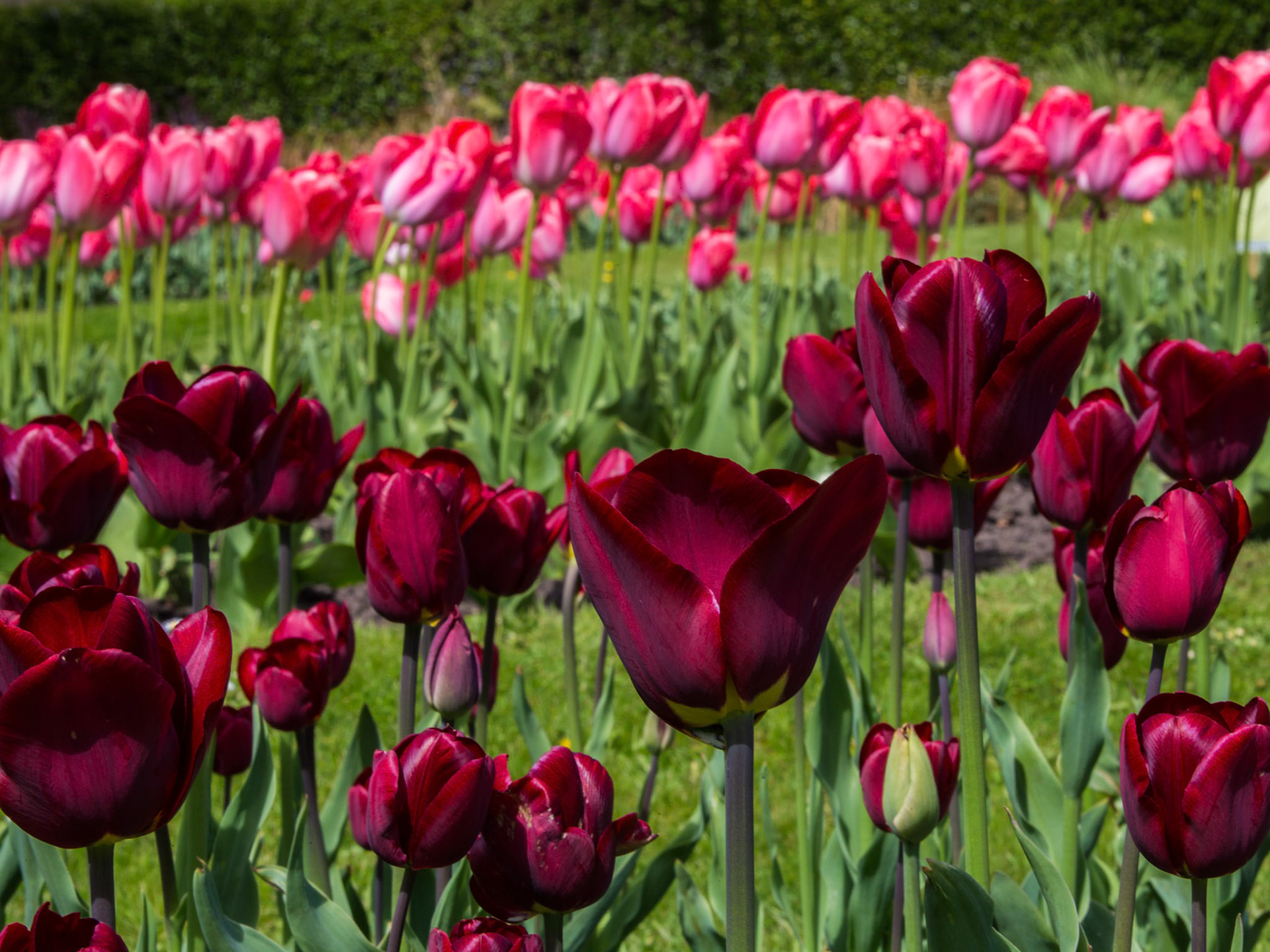


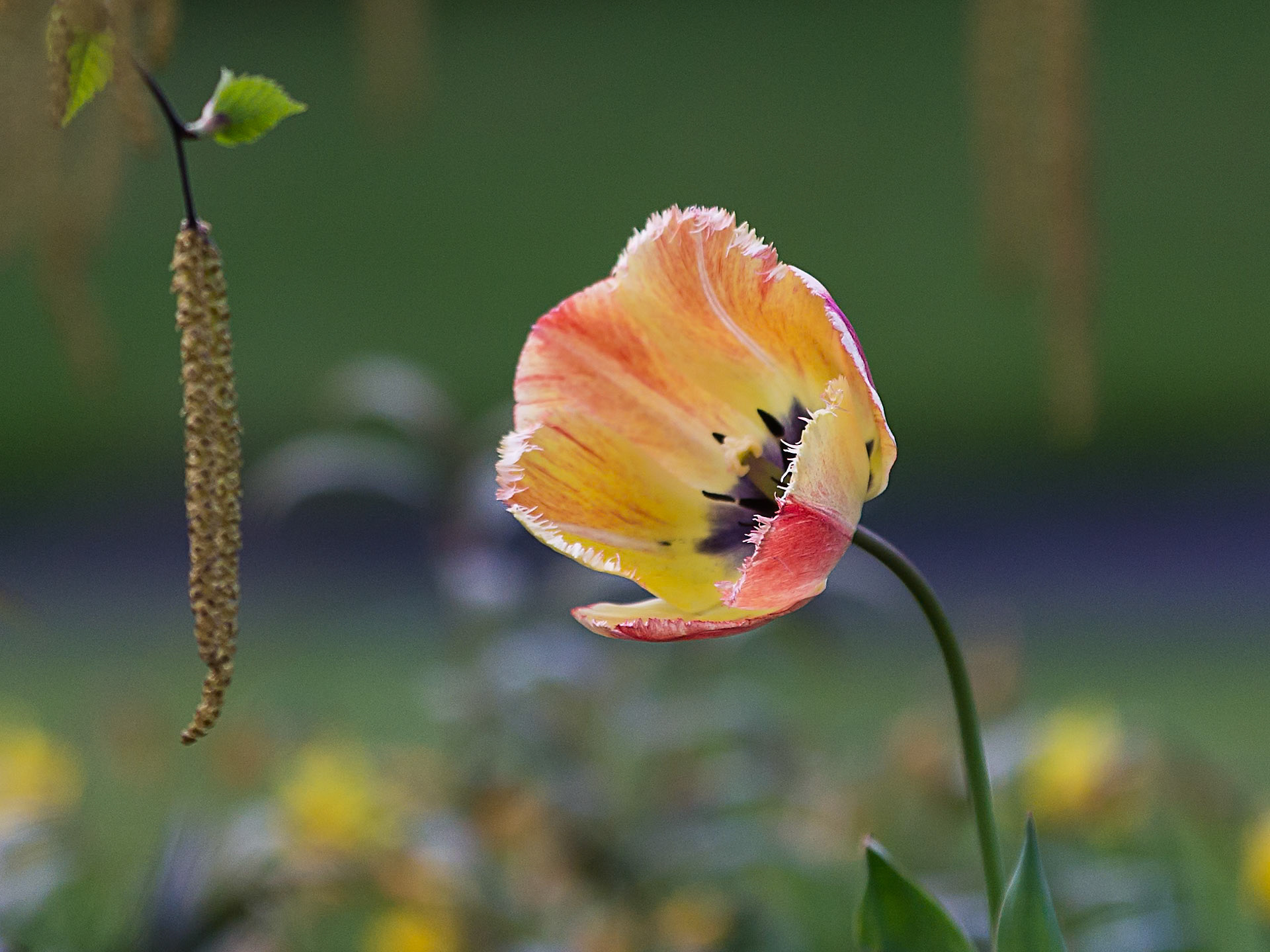
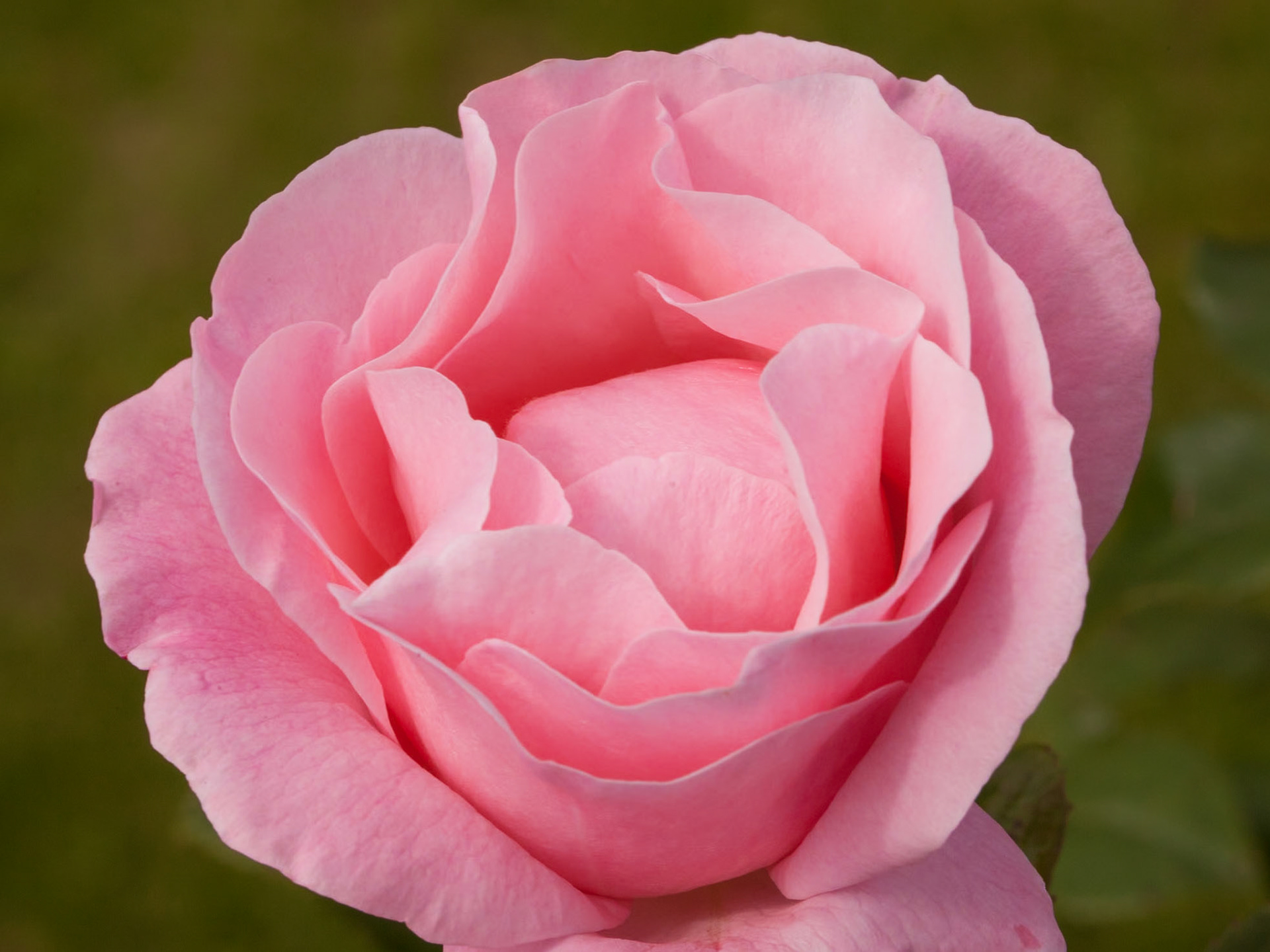
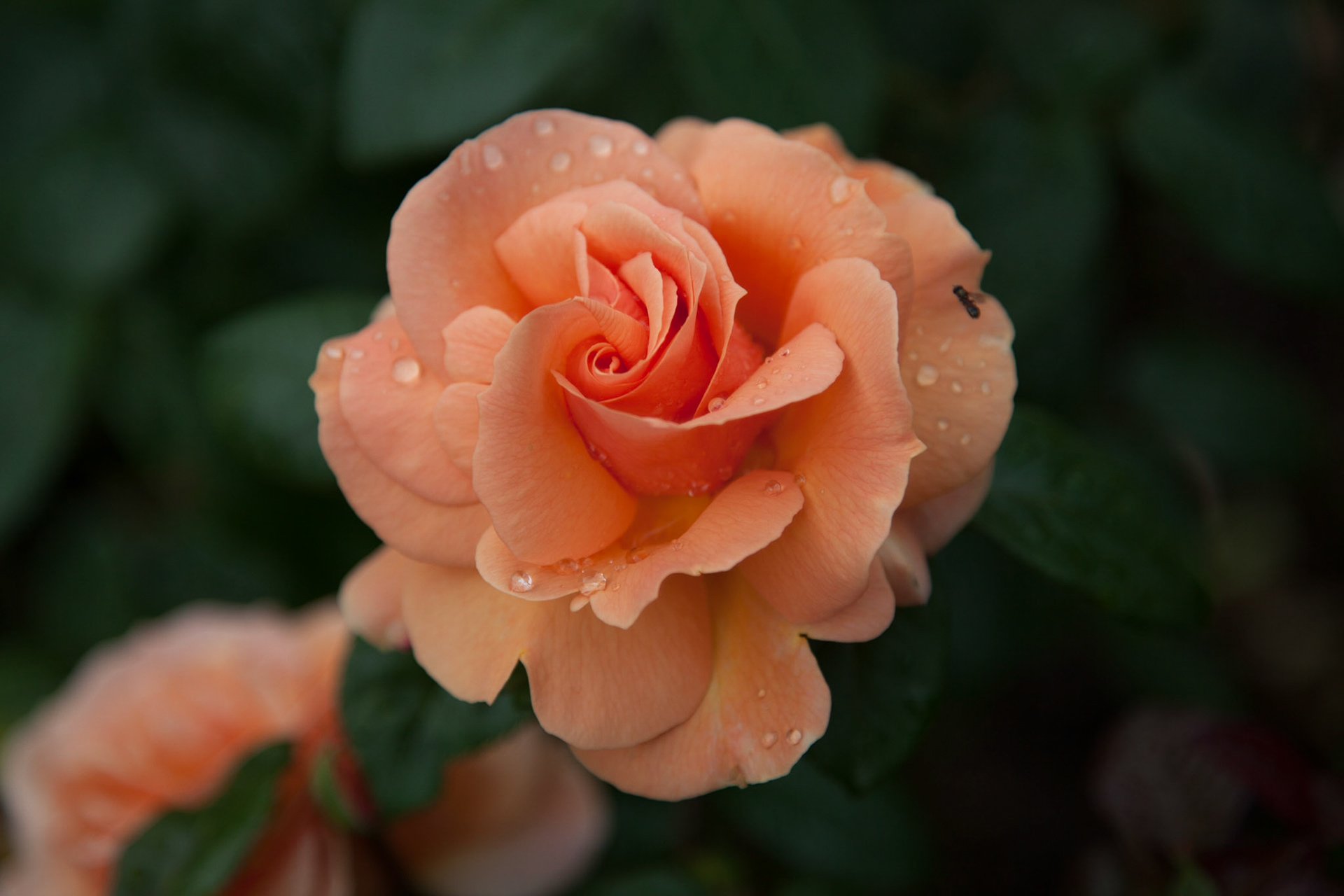

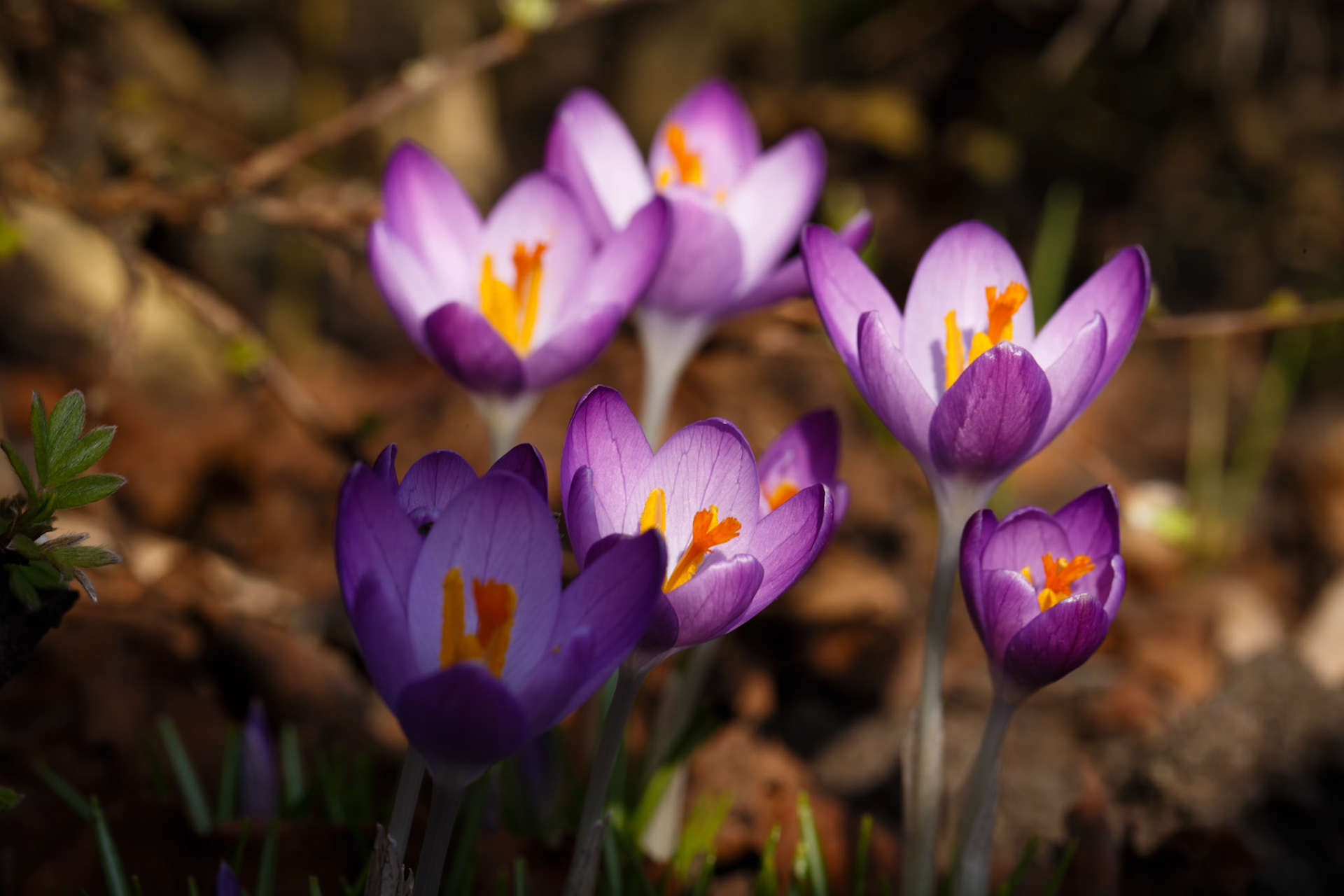
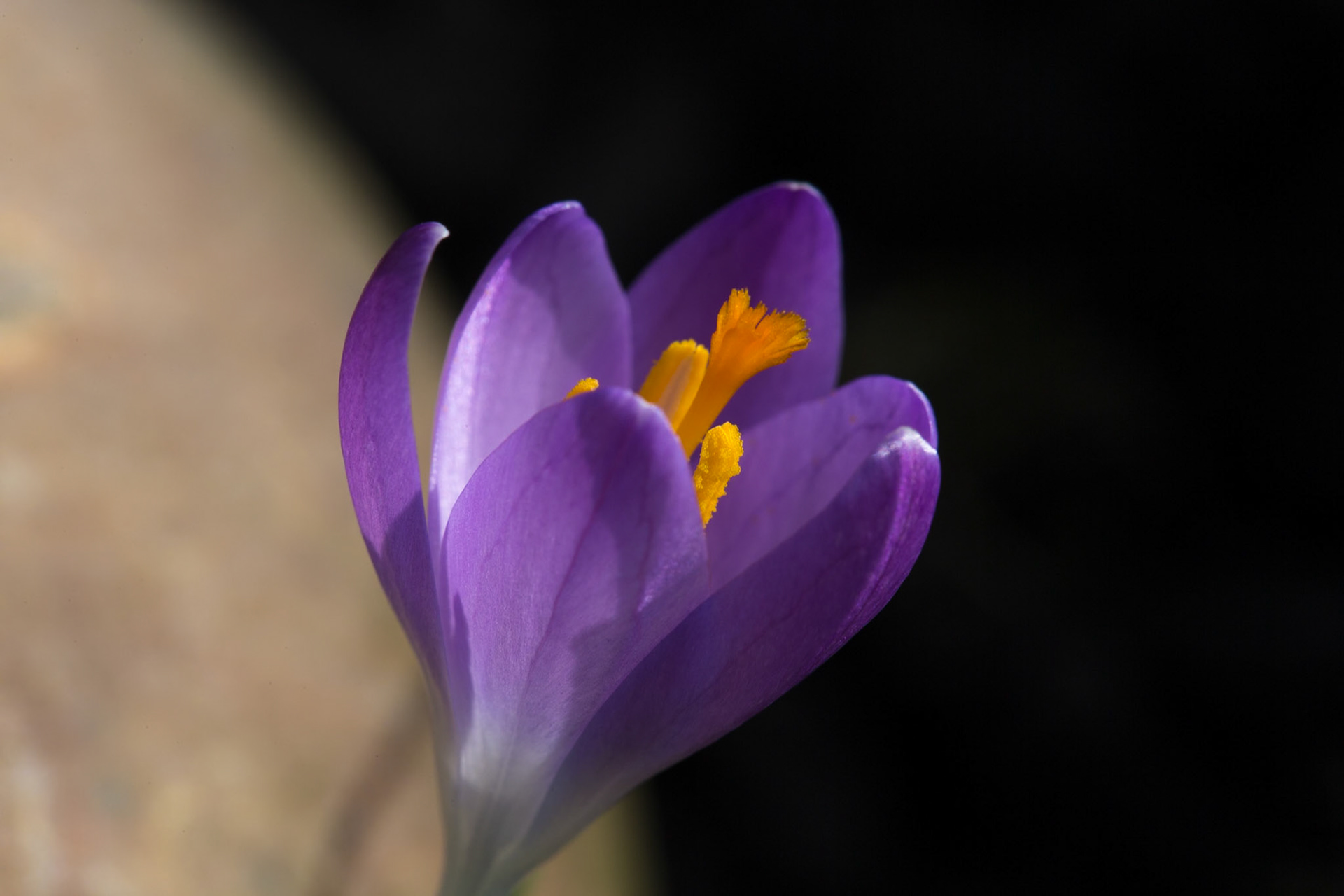

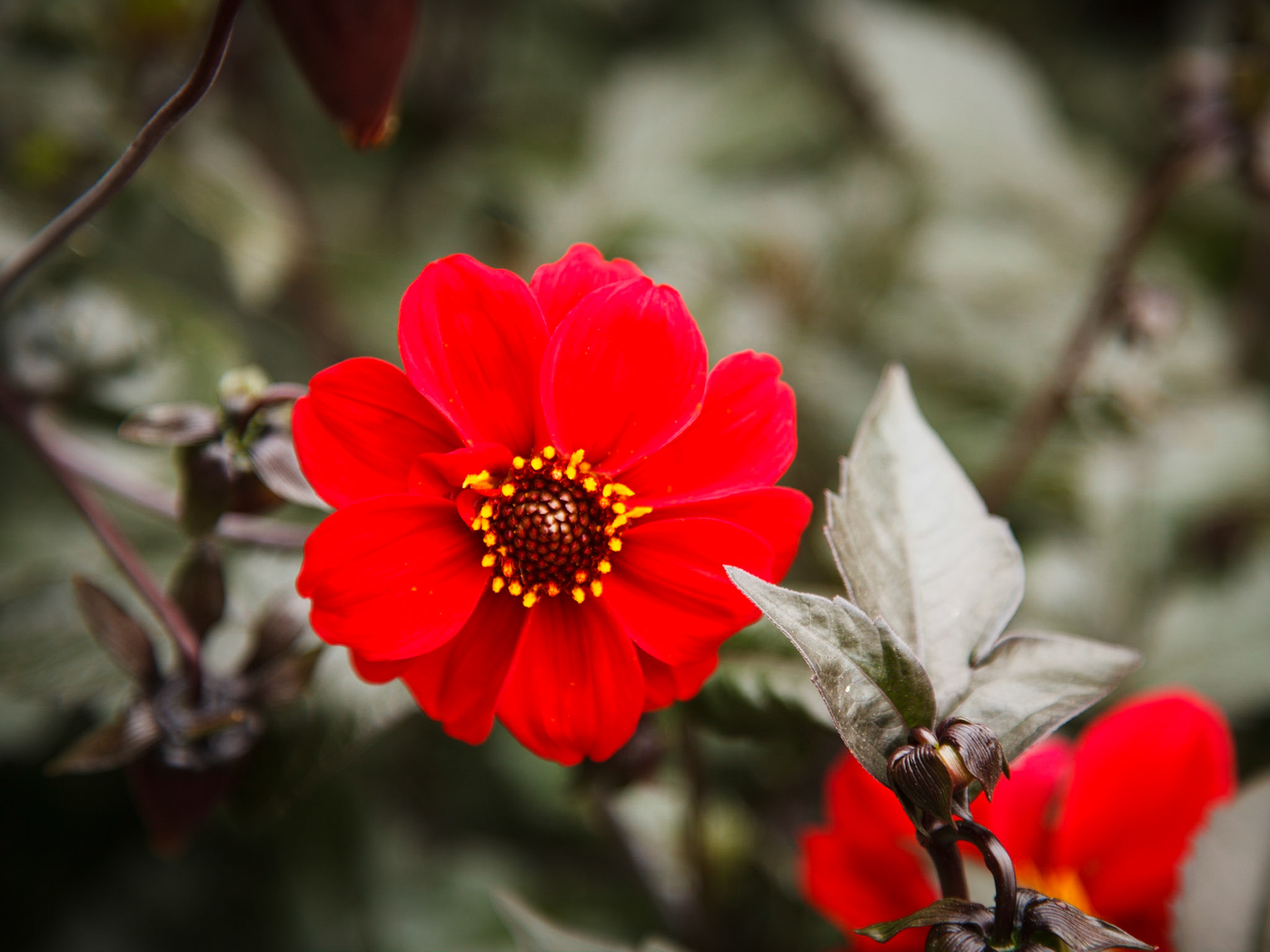
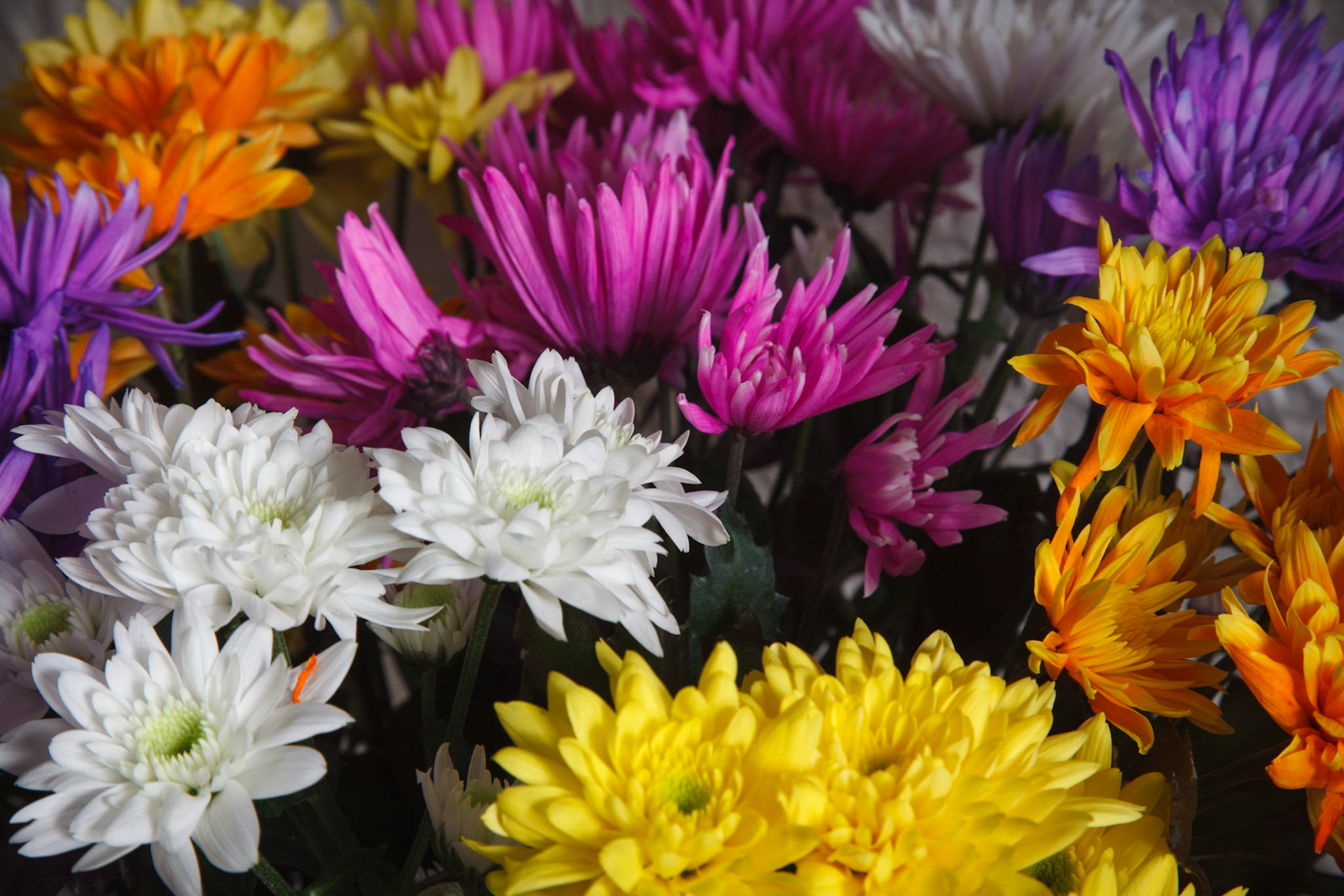
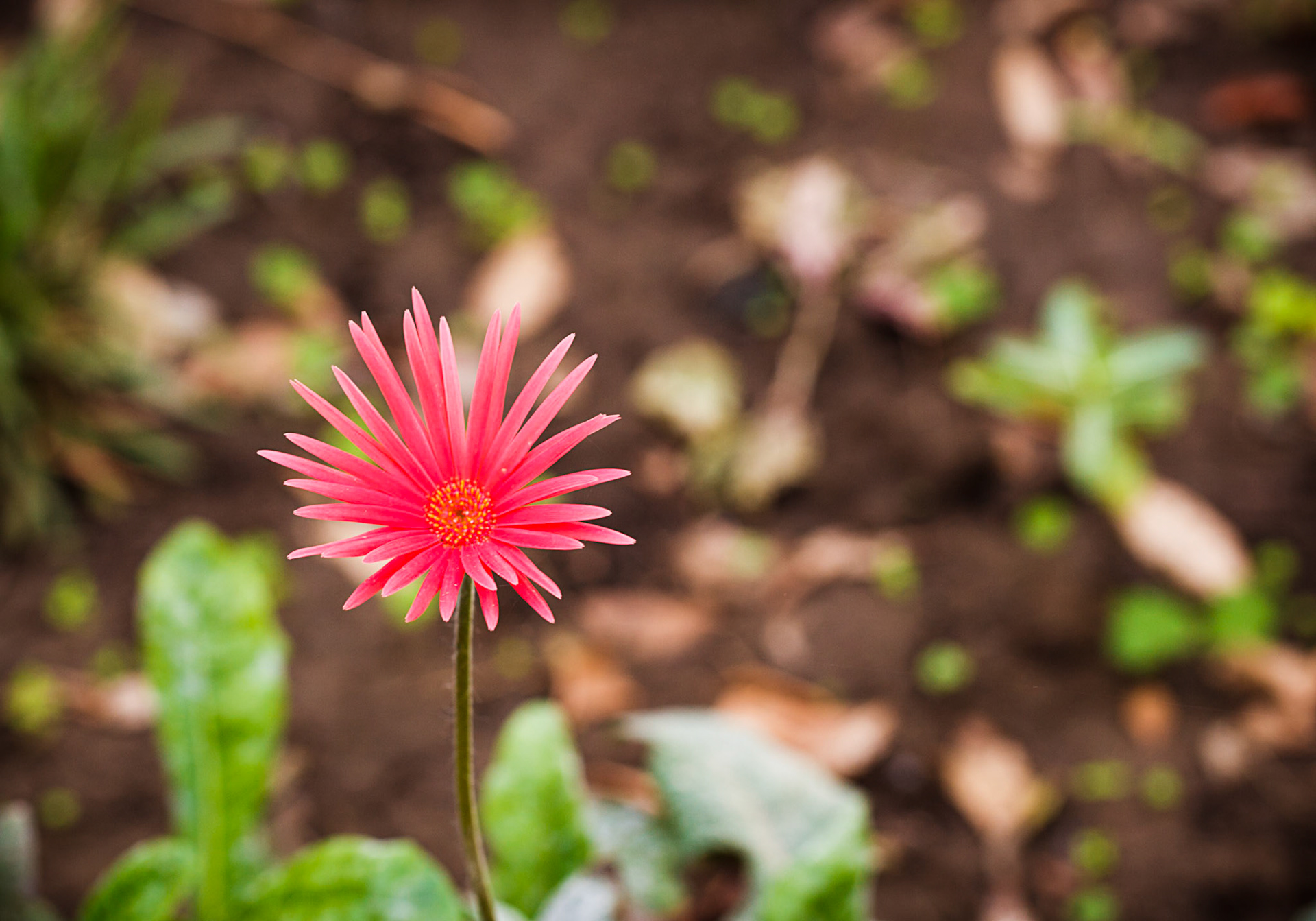
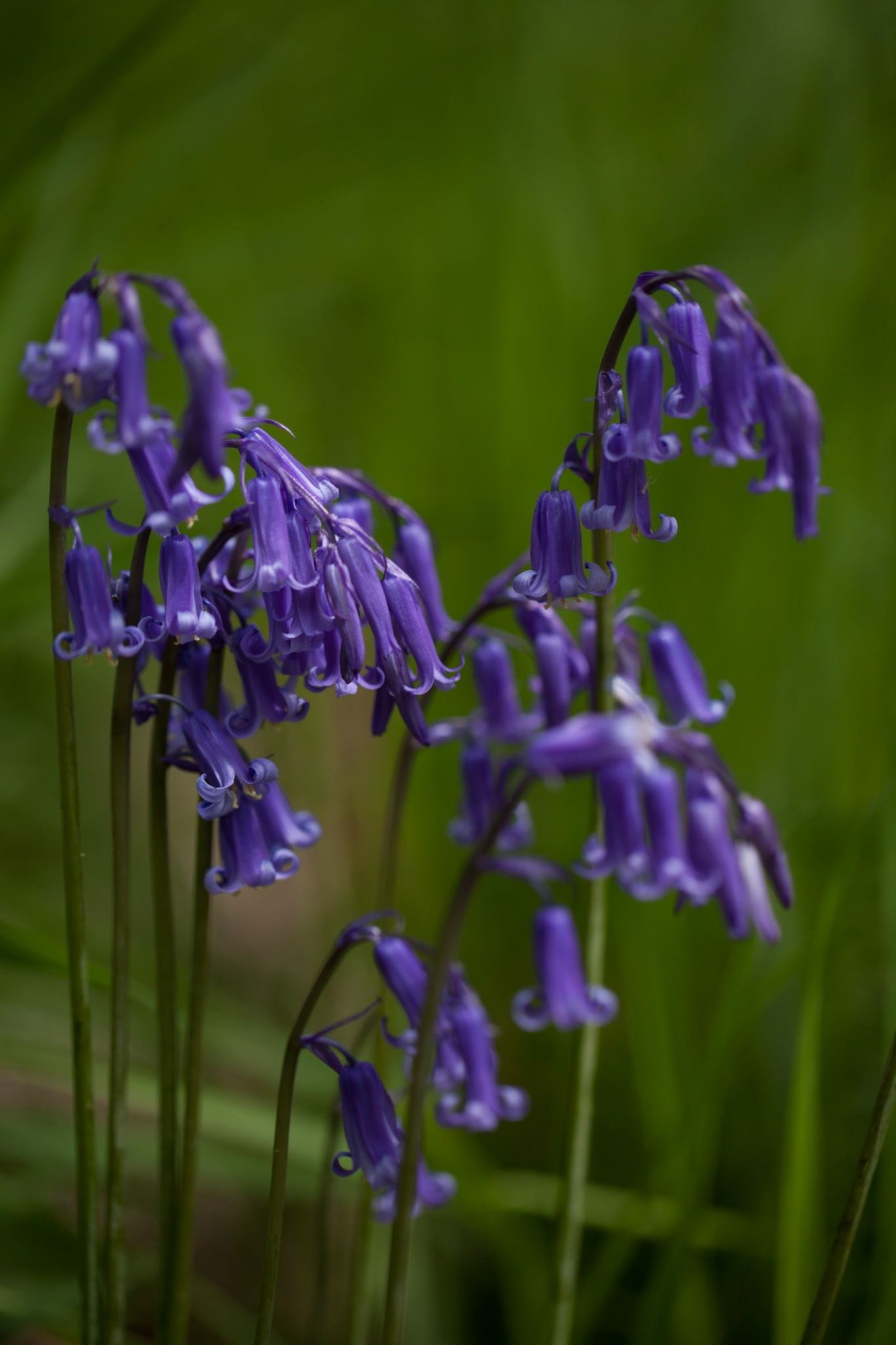
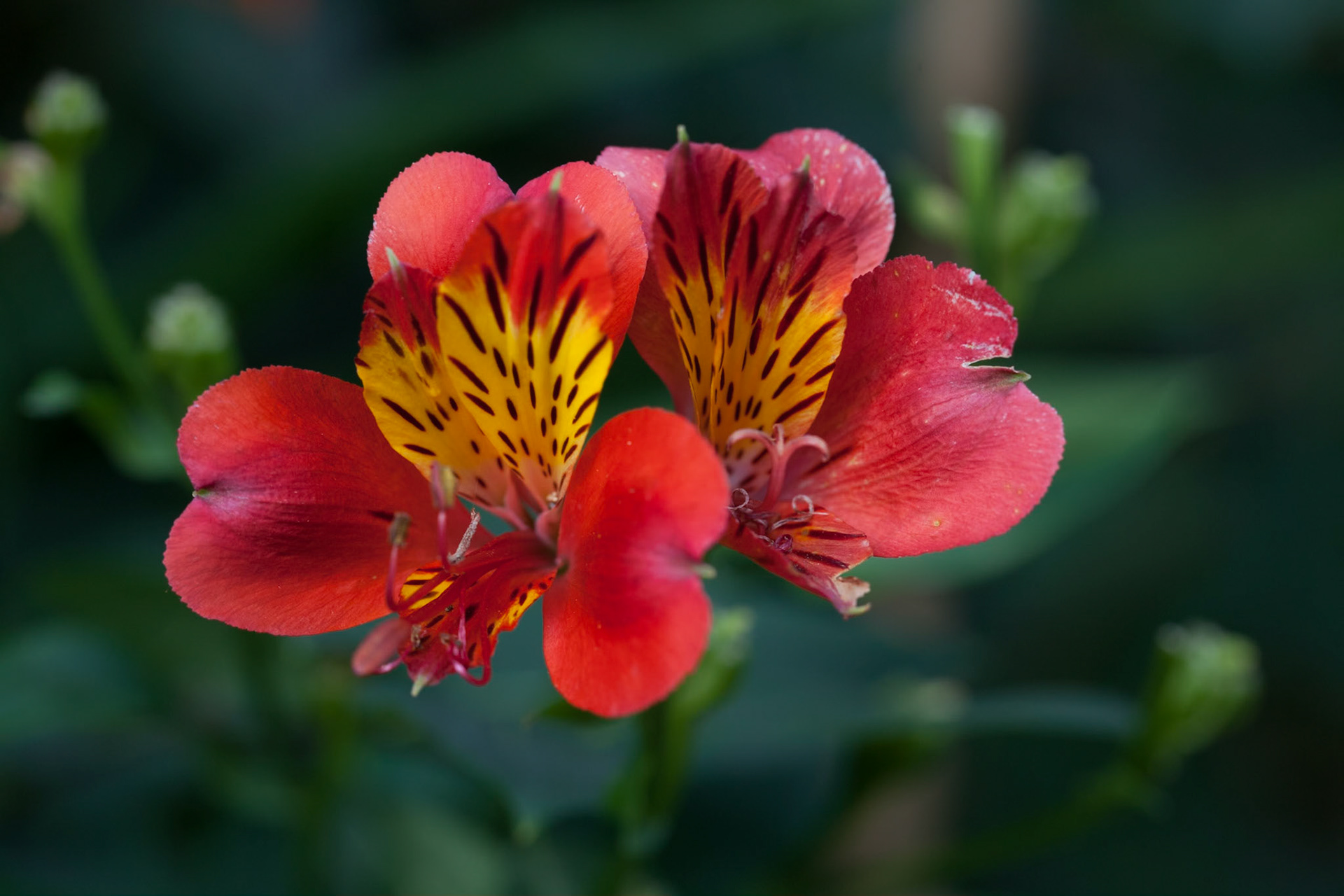

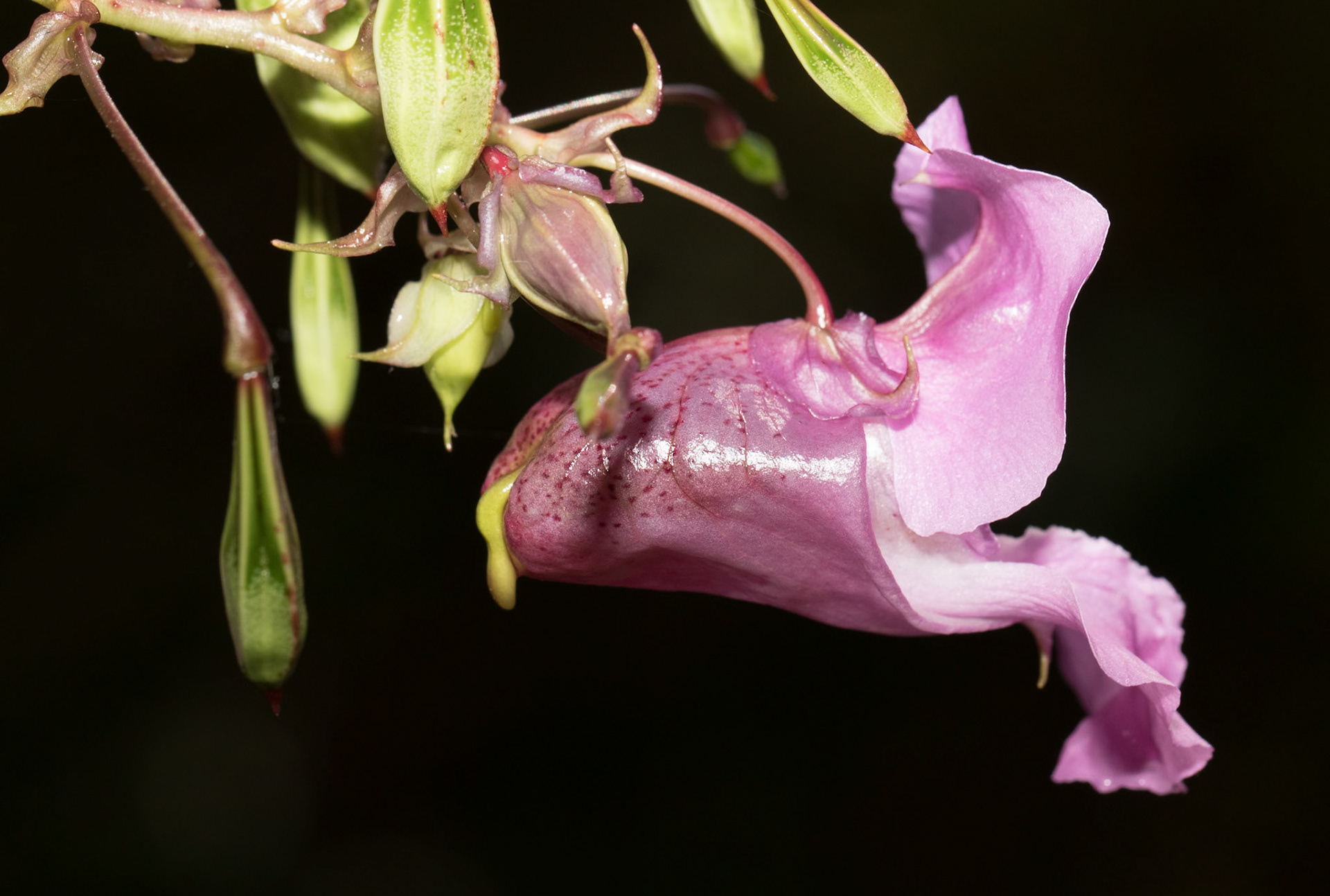
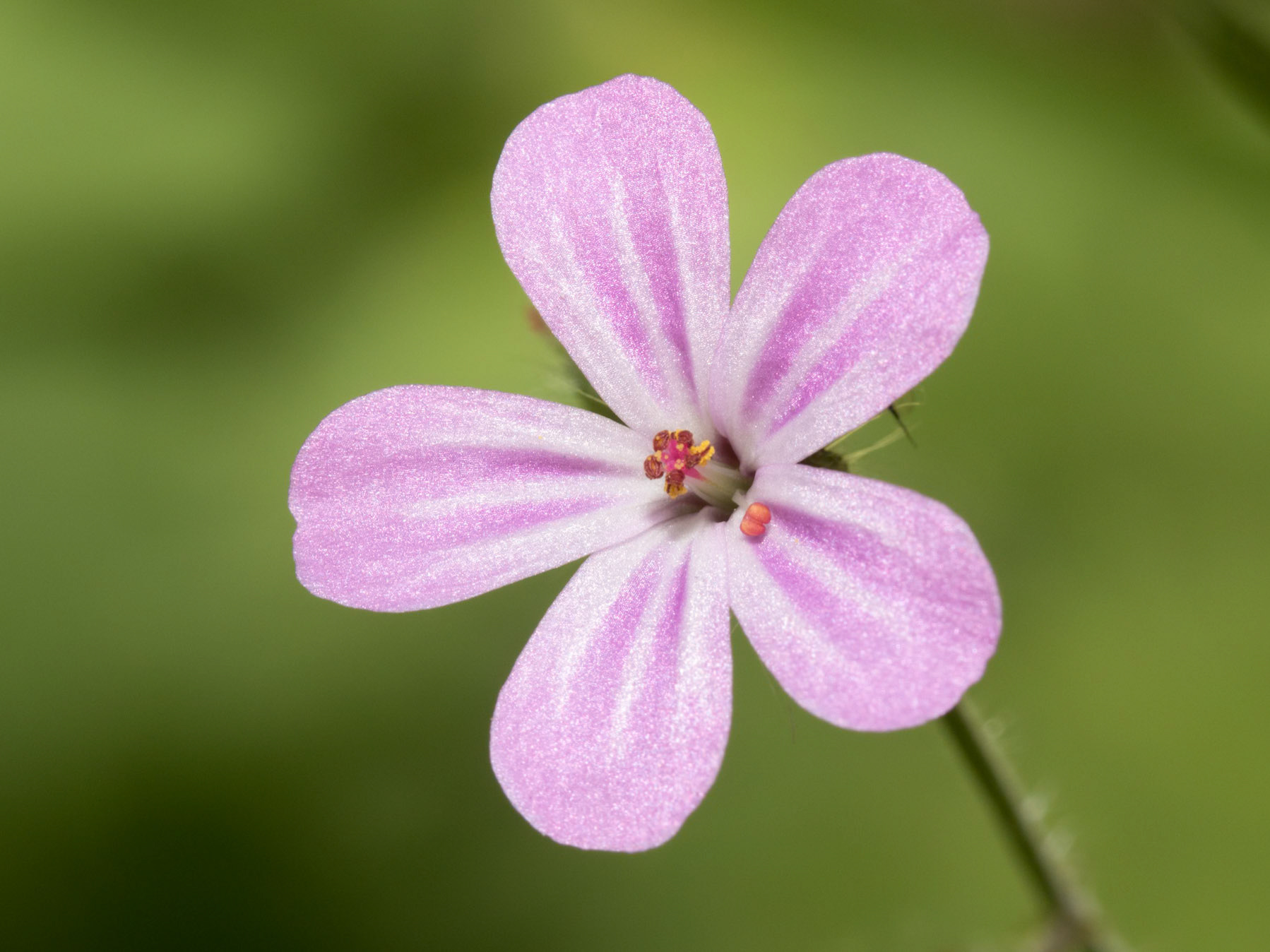
![A cactus (plural: cacti, cactuses, or cactus)[3] is a member of the plant family Cactaceae. Cacti occur in a wide range of shapes and sizes. Most cacti live in habitats subject to at least some drought. Many live in extremely dry environments, even being found in the Atacama Desert, one of the driest places on earth. Cacti show many adaptations to conserve water. Almost all cacti are succulents, meaning they have thickened, fleshy parts adapted to store water. Unlike many other succulents, the stem is the only part of most cacti where this vital process takes place. Most species of cacti have lost true leaves, retaining only spines, which are highly modified leaves. As well as defending against herbivores, spines help prevent water loss by reducing air flow close to the cactus and providing some shade. In the absence of leaves, enlarged stems carry out photosynthesis.](https://cdn.myportfolio.com/69730556-ec56-4978-b376-879eac0ff674/085bf3d2-9e66-4bd1-afac-d5b950481e38_rw_1920.jpg?h=0818e5101f4f5c6d82b13bce77653316)



